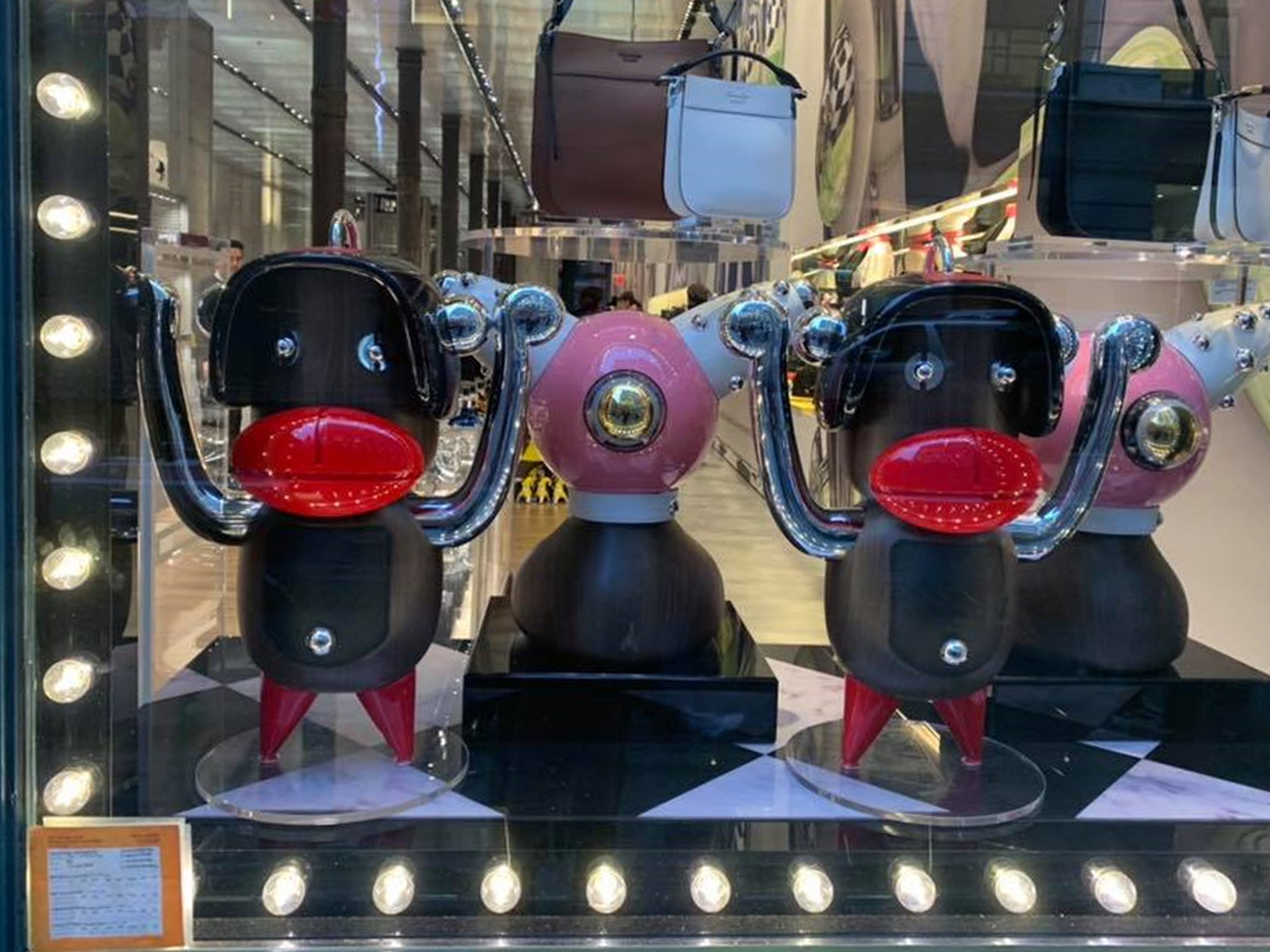The history of blackface and why it is so offensive
Minstrel shows might not happen anymore, but blackface still appears in countless ways
Your support helps us to tell the story
From reproductive rights to climate change to Big Tech, The Independent is on the ground when the story is developing. Whether it's investigating the financials of Elon Musk's pro-Trump PAC or producing our latest documentary, 'The A Word', which shines a light on the American women fighting for reproductive rights, we know how important it is to parse out the facts from the messaging.
At such a critical moment in US history, we need reporters on the ground. Your donation allows us to keep sending journalists to speak to both sides of the story.
The Independent is trusted by Americans across the entire political spectrum. And unlike many other quality news outlets, we choose not to lock Americans out of our reporting and analysis with paywalls. We believe quality journalism should be available to everyone, paid for by those who can afford it.
Your support makes all the difference.In recent months, a number of fashion brands, TV personalities and politicians have come under fire for blackface controversies.
From Gucci’s “balaclava knit” to Virginia governor Ralph Northam’s “offensive” yearbook, a string of race-related incidents has seen conversations surrounding the term grow.
Similarly, a recent study found that a third of people believe it is not wrong for a white person to wear makeup to appear black.
The poll, conducted by US think-tank Pew Research Center, revealed that 15 per cent of respondents said wearing blackface is acceptable for Halloween, while a further 19 per cent said it is “sometimes acceptable”.
So, what is blackface, when did it start and why is it so offensive?
What is blackface?
Blackface dates back around 200 years and commonly refers to when someone – typically with white skin – paints their face darker to resemble a black person.
When and where did it start?
While the definition of blackface refers to painting one’s skin darker, there is actually much more to it that.
Blackface in the early 19th Century was a practice in which black people were mocked for the entertainment of white people, promoting negative stereotypes.
White actors, called minstrel performers, adorned their faces with coal-black makeup and outlandishly red lips, as well as wearing woolly wigs.
The first minstrel shows mimicked enslaved Africans on Southern plantations, depicting black people as lazy, ignorant, cowardly or hypersexual, according to the Smithsonian's National Museum of African American History and Culture (NMAAHC).
While the early minstrel shows started in New York, they quickly spread across the US.
New media ushered minstrel performances from the stage and into theatres with popular American actors, including Shirley Temple, Judy Garland and Mickey Rooney donning blackface, making it a form of family amusement.
Dr Kehinde Andrews, an expert from Birmingham City University, explained blackface as being “very much about the fear of black people and the laughing at black people”.
“It is a really longstanding issue and negatively racial across Europe,” he told BBC Newsround.
“You see it from Shakespearean times onwards - this figure of white people 'blacking up'. It's either seen as a devil or a danger - or as a way to take the mickey out of people.”
Why is it so offensive?
Such performances promoted demeaning stereotypes of black people that helped confirm notions of superiority based on race.
“By distorting the features and culture of African Americans—including their looks, language, dance, deportment and character—white Americans were able to codify whiteness across class and geopolitical lines as its antithesis,” NMAAHC says.
In a 2012 article for The Huffington Post, David Leonard, chair of Washington State University’s department of critical culture, gender, and race studies, wrote: “Blackface is part of a history of dehumanisation, of denied citizenship, and of efforts to excuse and justify state violence.

“From lynchings to mass incarceration, whites have utilised blackface (and the resulting dehumanisation) as part of its moral and legal justification for violence.”
While many who take part in blackface may not consider themselves racist, Leonard goes on to explain that this doesn’t change the impact it has on society.
“In many ways, one’s intent is irrelevant,” he told Vox.
“The harm, whether it’s harm in terms of eliciting anger, or sadness, or triggering various emotions or causing [black people to feel] both hyper-visible and invisible at the same time, is there.”
Does blackface happen today?
While minstrel shows may not happen anymore, blackface still appears in countless ways.
In recent months, there have been a number of instances of fashion brands insulting the black community with offensive clothing.
Last week, Gucci stopped selling a “balaclava knit” that featured a cut-out at the mouth and red lips after it was condemned by people on social media.
Then, just days later, a pair of shoes from Katy Perry’s eponymous fashion line were removed amid similar concerns.
Most recently, footage of British television presenters Anthony McPartlin and Declan Donnelly dressed as Jamaican women also resurfaced, in which they can be heard speaking with an exaggerated accent.
In 2018, supermodel Gigi Hadid faced criticism and issued a public apology after a Vogue Italia cover showed her to be so heavily bronzed with makeup that many people felt it was blackface.

Join our commenting forum
Join thought-provoking conversations, follow other Independent readers and see their replies
Comments